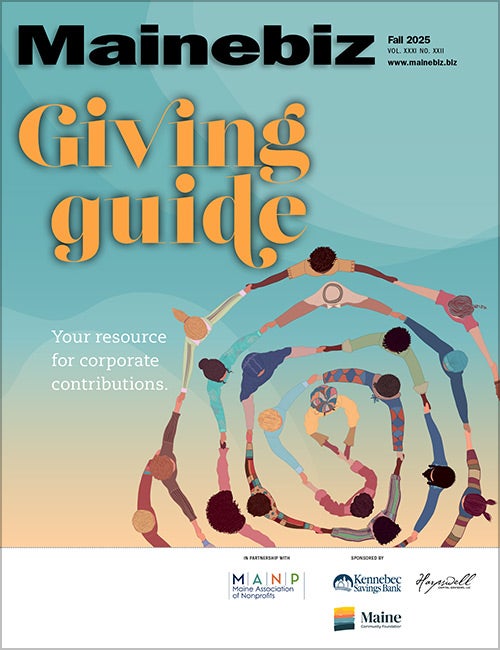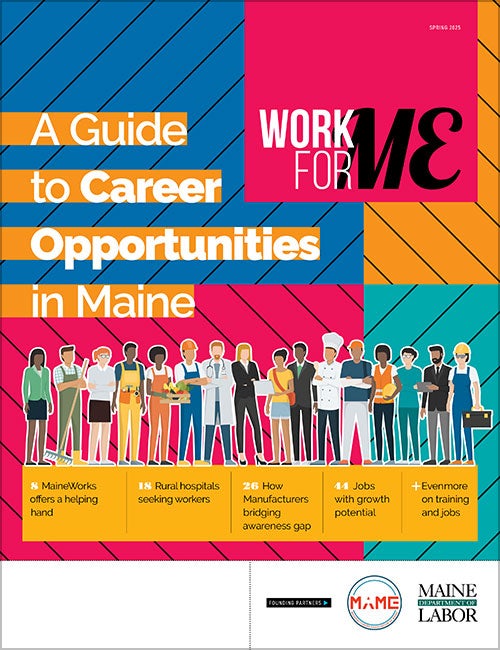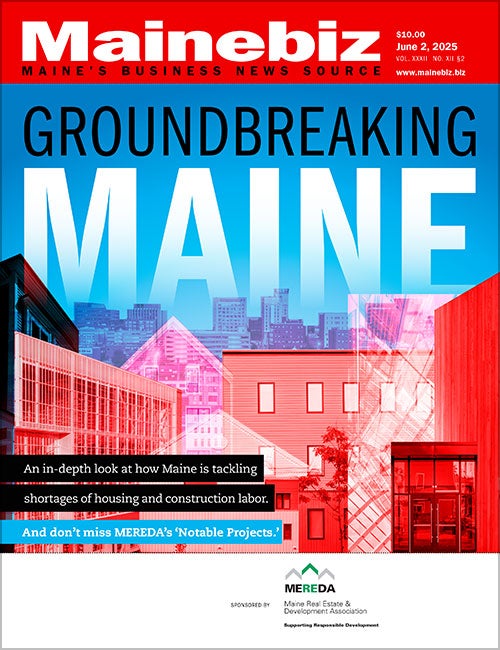
Processing Your Payment
Please do not leave this page until complete. This can take a few moments.
- News
-
Editions
View Digital Editions
Biweekly Issues
- December 1, 2025
- Nov. 17, 2025
- November 03, 2025
- October 20, 2025
- October 6, 2025
- September 22, 2025
- + More
Special Editions
- Lists
- Viewpoints
-
Our Events
Event Info
Award Honorees
- Calendar
- Biz Marketplace
How to turn virtual sales calls into real opportunities
These days, video conferencing is Business 101. You know the drill: Conference calls on Google Meet, Microsoft Teams and Zoom consume many hours of the day.

While I am a major proponent of in-person meetings, you can’t succeed in business without nailing video conference calls. This is especially true for business development, since a lot of prospecting calls take place virtually. I often meet new prospects and soon-to-be- clients for the first time on Zoom, talking through potential deliverables on camera. Sometimes, we never even meet in person, and the deal still gets done.
I was recently on a Zoom call with a prospective client who is the president of a start-up company. His HR person is a longtime business contact of mine, and we connected virtually because of our relationship over the years. I also invited a contractor to the conference call, since they would be involved with the proposal.
All in all, we had a really good conversation. The president of the company eventually dropped from the call, while the HR contact and I both stayed on the line. We recapped the original conversation with the president, outlining what would be in our proposal. Smooth sailing…
The only issue is that the contractor left the call early, missing out on key details. Unless specified earlier or barring an unforeseen circumstance (like an emergency), this is a big no-no.
Nowadays, it is safe to assume that a conference call may either drag or unfold in unexpected ways, so the participants need to remain flexible and malleable. Especially in sales, you need to make a strong impression, and availability is part of that impression — you want to show that you’re there for the prospective client.
Zoom calls may be virtual, but they are still opportunities to send the right signals. You are still, without saying it, teaching people about you — and that is the first step toward getting them to know, like and trust you over time (hopefully). Here are a few tips for getting the sales call right.
Prepare for the unexpected
Sometimes, the best conversations on a Zoom call take place after the “most important” people leave (they are most crunched for time). It can pay off to linger on a Zoom call and network with others in a slightly more informal setting. You can learn a few interesting tidbits that didn’t come up earlier.
Plan with your team
You should discuss the meeting agenda before it ever takes place — who will join, who will say what and who will answer the specific questions that may be asked. Everyone should have tasks, in addition to a general expectation about what will be discussed and how long that may take.
Plan the team debrief
Your team needs to stay on the call at the end for a quick recap of everything that happened, discussing the key takeaways and deciding who is doing what to follow up. In sales, the follow-up is a critical step, and you need to figure out whose job is what first. Delegation needs to be an organized process.
Use artificial intelligence
AI tools help you record conversations so you never forget an important detail. Of course, you should just alert the prospect that you are taking AI notes (for your own purposes only). That way, no one is caught off guard, and you want people to feel comfortable in speaking their minds.
Listen
Allow the prospect to talk and tailor your input to what they actually say — what they need, rather than what you think they need. Interrupting a potential client isn’t only rude; it also prevents you from picking up the clues as to what they may want to see in a proposal. Don’t be impatient and don’t talk too much.
There are a lot of do’s and don’ts in virtual sales. The most important “do” is to be available. As they say in sports, availability is the best ability.
About the author
Nancy Marshall, a regular Mainebiz columnist, is CEO of Marshall Communications.
Mainebiz web partners
Related Content

The Giving Guide
The Giving Guide helps nonprofits have the opportunity to showcase and differentiate their organizations so that businesses better understand how they can contribute to a nonprofit’s mission and work.
Learn More
Work for ME
Work for ME is a workforce development tool to help Maine’s employers target Maine’s emerging workforce. Work for ME highlights each industry, its impact on Maine’s economy, the jobs available to entry-level workers, the training and education needed to get a career started.
Learn More
Groundbreaking Maine
Whether you’re a developer, financer, architect, or industry enthusiast, Groundbreaking Maine is crafted to be your go-to source for valuable insights in Maine’s real estate and construction community.
Learn more-
The Giving Guide
The Giving Guide helps nonprofits have the opportunity to showcase and differentiate their organizations so that businesses better understand how they can contribute to a nonprofit’s mission and work.
-
Work for ME
Work for ME is a workforce development tool to help Maine’s employers target Maine’s emerging workforce. Work for ME highlights each industry, its impact on Maine’s economy, the jobs available to entry-level workers, the training and education needed to get a career started.
-
Groundbreaking Maine
Whether you’re a developer, financer, architect, or industry enthusiast, Groundbreaking Maine is crafted to be your go-to source for valuable insights in Maine’s real estate and construction community.
ABOUT
NEW ENGLAND BUSINESS MEDIA SITES
No articles left
Get access now
In order to use this feature, we need some information from you. You can also login or register for a free account.
By clicking submit you are agreeing to our cookie usage and Privacy Policy
Already have an account? Login
Already have an account? Login
Want to create an account? Register
Get access now
In order to use this feature, we need some information from you. You can also login or register for a free account.
By clicking submit you are agreeing to our cookie usage and Privacy Policy
Already have an account? Login
Already have an account? Login
Want to create an account? Register









0 Comments